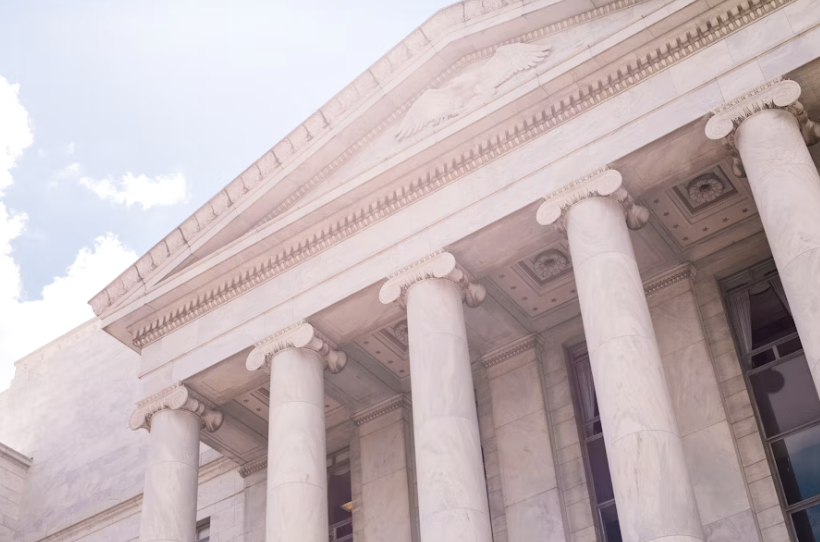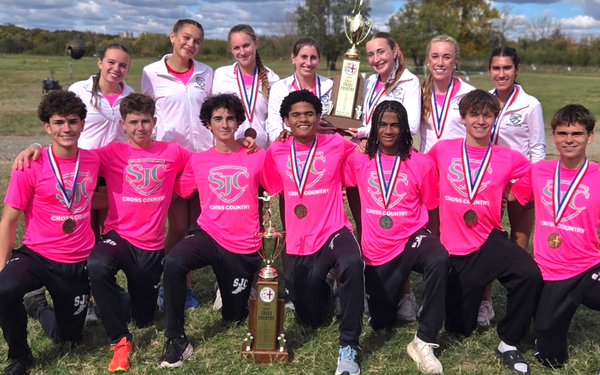How the federal shutdown government is impacting Americans

At 12:01 a.m. on October 1, 2025, the United States government officially shut down, leaving millions of fedderal employees uncertain about their jobs and paychecks. Government shutdowns occur when Congress fails to pass a new budget for the fiscal year—but this year’s crisis is different.
Democrats in the House and Senate are demanding new protections and additional funding for Medicaid. They argue that Trump’s plan would roll back billions of dollars in federal support that make healthcare affordable for many Americans.
Until lawmakers reach a compromise, the government will remain closed indefinitely. Hundreds of thousands of “nonessential” federal workers are being forced to stay home without pay, while “essential” workers continue to work without paychecks.
Travel Turmoil
With the holidays approaching, millions of families are taking to the skies—and feeling the effects of the shutdown. Airport workers such as TSA agents and air traffic controllers are currently working without pay. This Friday, October 10, marks the first missed paycheck for federal employees, a milestone that could push more workers to walk off the job.
One of the airports hit hardest is Reagan National Airport (DCA) right here in Washington, D.C. The airport has experienced delays due to staffing shortages, leading to longer security lines and slower baggage checks. While most delays have stayed under thirty minutes, the ripple effects have disrupted travel plans and added stress for passengers.
Air traffic controllers, who fall under the “essential worker” category, are reportedly calling out sick or not showing up for shifts, which limits how many planes can safely take off and land each hour.
Museums shutdown
Another major casualty of the shutdown is the Smithsonian Institution. The network of museums and the National Zoo depend on federal funding to stay open. According to the Smithsonian’s website, the museums, research centers, and zoo are operating using leftover funds from last year’s budget but could only remain open through Saturday, October 12.
If the funding runs out, closures could significantly reduce tourism in the nation’s capital. While outdoor monuments and neighborhoods such as Georgetown remain open, the Smithsonian’s closure would cut off one of Washington’s most popular—and free—tourist attractions.
National Parks facing staffing shortages
National parks across the country are also suffering from reduced staffing and safety concerns. While many remain open, visitor centers, historical houses, and other gated areas have already shut down. Rangers and rescue crews—many working without pay—warn that emergency responses could take longer than usual, increasing the risk of accidents or fatalities.
Some states, such as Colorado and Utah, have stepped in to use state and local funds to keep parks open and safe for visitors. Still, the shutdown continues to strain resources and test how long communities can sustain services that are typically federally funded.
As the standoff in Washington drags on, millions of Americans—from park rangers to museum guides to TSA agents—are left in limbo. The shutdown has become more than a political battle; it’s a test of resilience for the people who keep the country running, even when the government itself stops.




